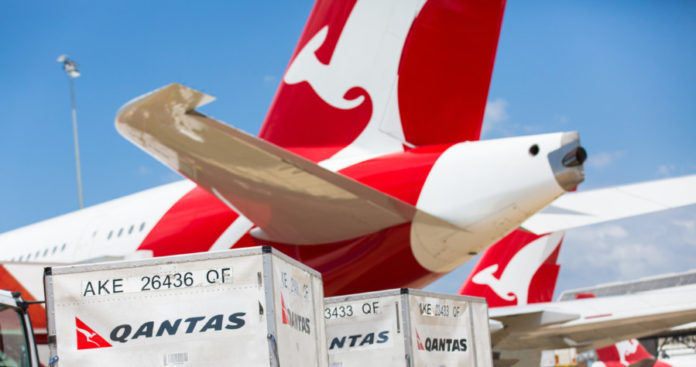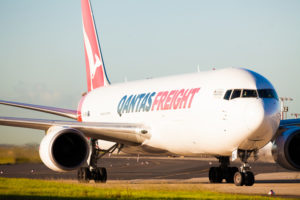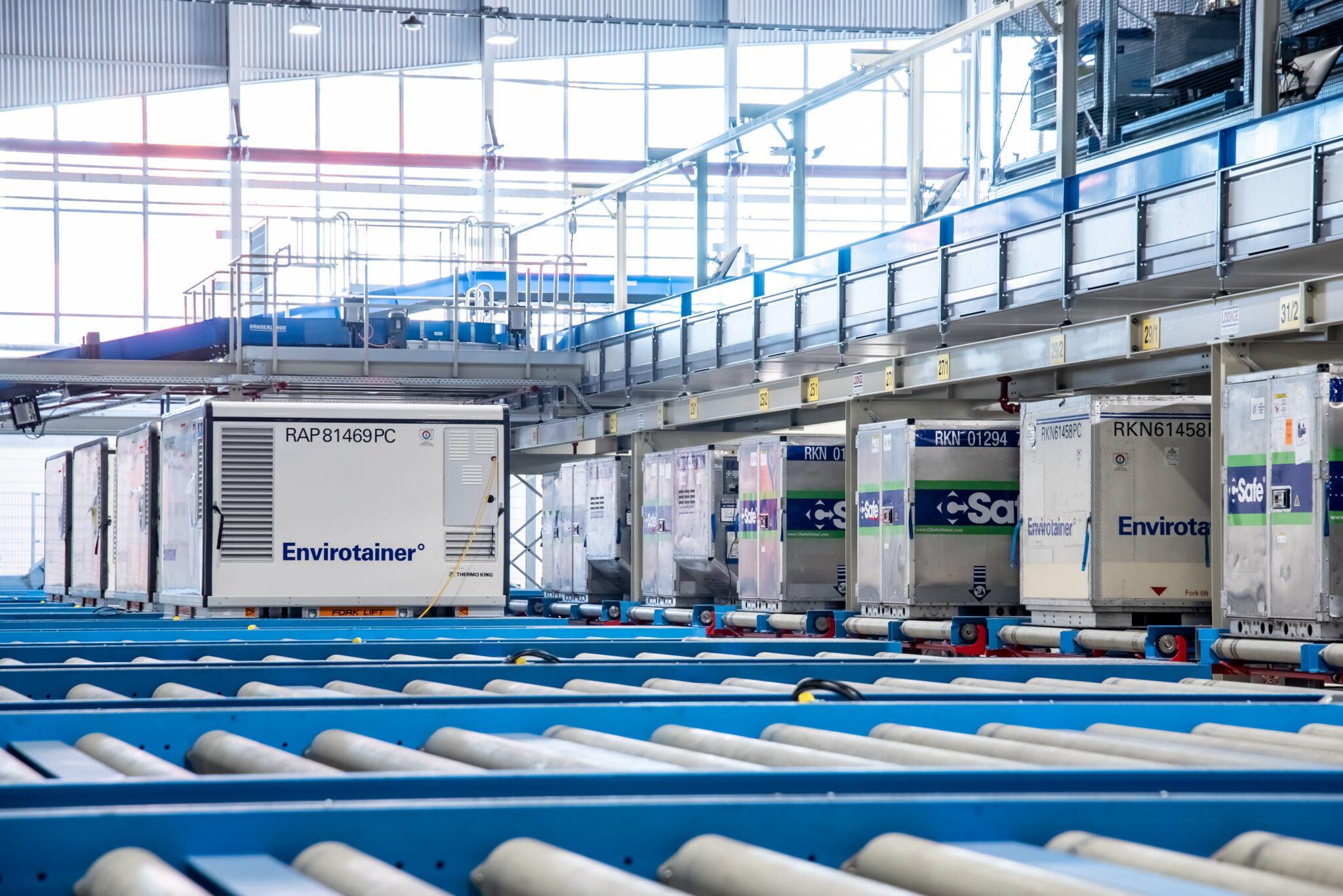

Free trade agreements signed in Australasia are leading to strong growth from Australia and New Zealand to Asia for Qantas Freight.
The carrier’s executive manager, Alison Webster tells Justin Burns it is seeing particularly strong demand for fresh produce and dairy products.
But Webster notes along with these uplifts, Qantas is finding it tough in some trade lanes: “Competition on the China to the US lanes remains strong with a number of carriers adding capacity in the last year.
“We continue to be competitive in the China market with our long standing freighter network and local team that knows the market well.
“The Australia/Japan market is soft right now and we are looking at ways to use our strong footprint into and out of Japan to stimulate transfer traffic across our Tokyo hub.”
Webster notes, 2016 has been a good year despite global freight markets remaining soft and says key cargo routes are well supported.
She says the five-year extension to the contract it signed a few weeks ago to continue to carry international mail and parcels for the Australia Post Group is a “significant win”.
Webster says the partnership with Australia Post is performing well and it now operates a customised network tailored to their needs, meaning it can deliver exactly what they want.
The Australasian air cargo market is facing many similar challenges to other regions, as Webster observes: “Demand for air cargo continues to grow, yet the challenge is that available capacity is growing at an even faster rate.
“We are transforming Qantas Freight to deliver flexible and efficient operations for the changing needs of our customers, and this differentiates us in the market.”


There are improvements she would like to see in Australia to boost airfreight and the main one is at Sydney Airport, which is restricted both in terms of flight operations and expansion.
Webster says the country’s main air cargo hub is the only major domestic airport that is subject to evening curfew restrictions, which makes running a 24/7 airfreight operation more complex than it is in Melbourne, Brisbane or Perth.
She explains: “We are pleased to see planning progression of Badgerys Creek as Sydney’s second airport site, however operations are not scheduled to commence until 2025.
“This presents an operating challenge for us, and we’re keen to work with all stakeholders and the community to review options that consider the operation of alternate freighter aircraft type during curfew periods.
“These aircraft offer increased payload but still fit within regulated noise profiles. This will enable us to continue meeting current and forecast industry needs and better serve our customers and the Australian public’s evolving freight, parcel and post needs.”
Qantas Freight markets the belly space of Qantas and Jetstar aircraft, giving it a global footprint with network strength across Asia Pacific and for the past 12 years it has operated a successful Boeing 747 triangular freighter route connecting Australia, China and the US continue to be its core cargo trade lanes.
The carrier is planning on investing in its network of airfreight terminals in Australia: “Over the past five years we have been running a major technology upgrade program to help us operate as efficiently and effectively as possible, and we continue to invest in this area of our business.”
As for commodities, she says Australia is a reowned source of perishables and with evolution in technology and new free frade agreements with several key export nations Qantas is seeing growth in this market: “There is strong demand for Australian meat, seafood and dairy in the Middle East and China. Exports on these lanes is always strong for us.”
There are big challenges for air cargo carriers and Qantas is no exception: “Technology is a key enabler for our industry, and Qantas has made significant investments in our platforms and infrastructure. We’re aware our customer’s expectations are increasing and shippers want seamless digital platforms and real-time access to their supply chain.
“Technology has shifted from being a ‘support service’ in our industry to something that can really differentiate carriers and we intend to stay at the front of the pack.”













